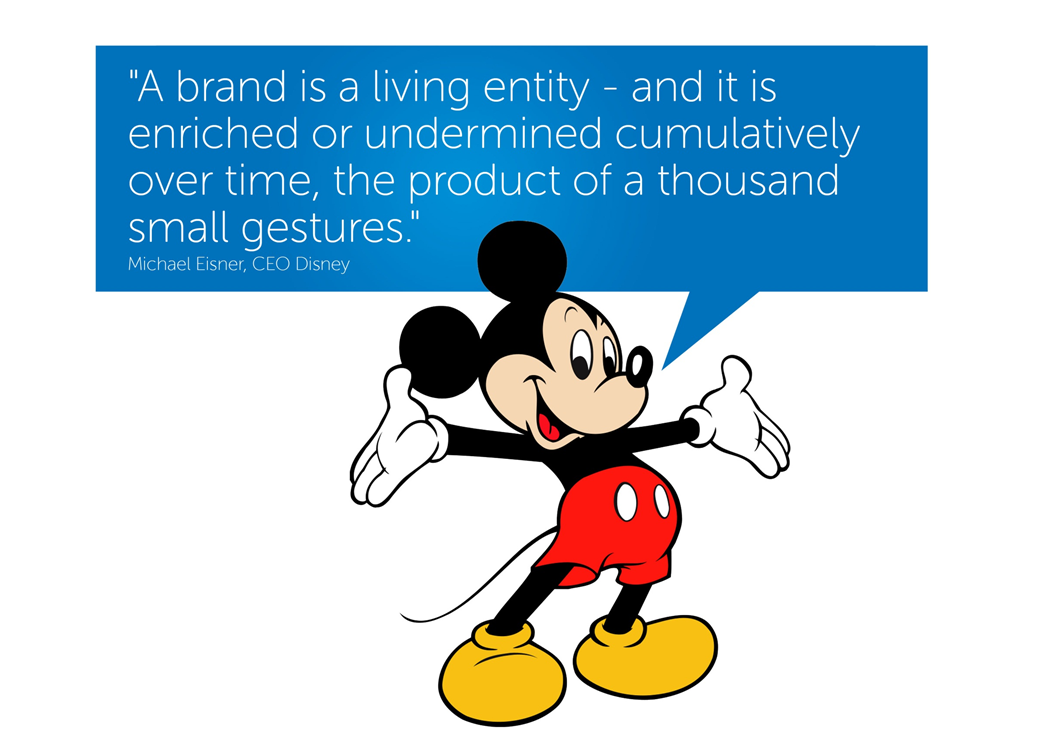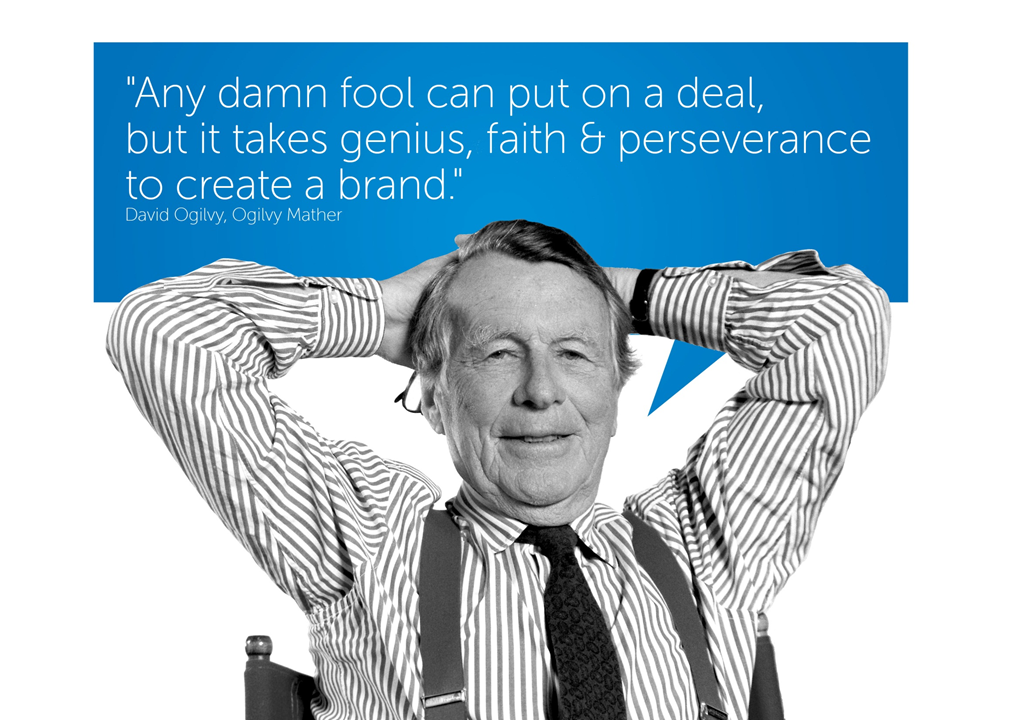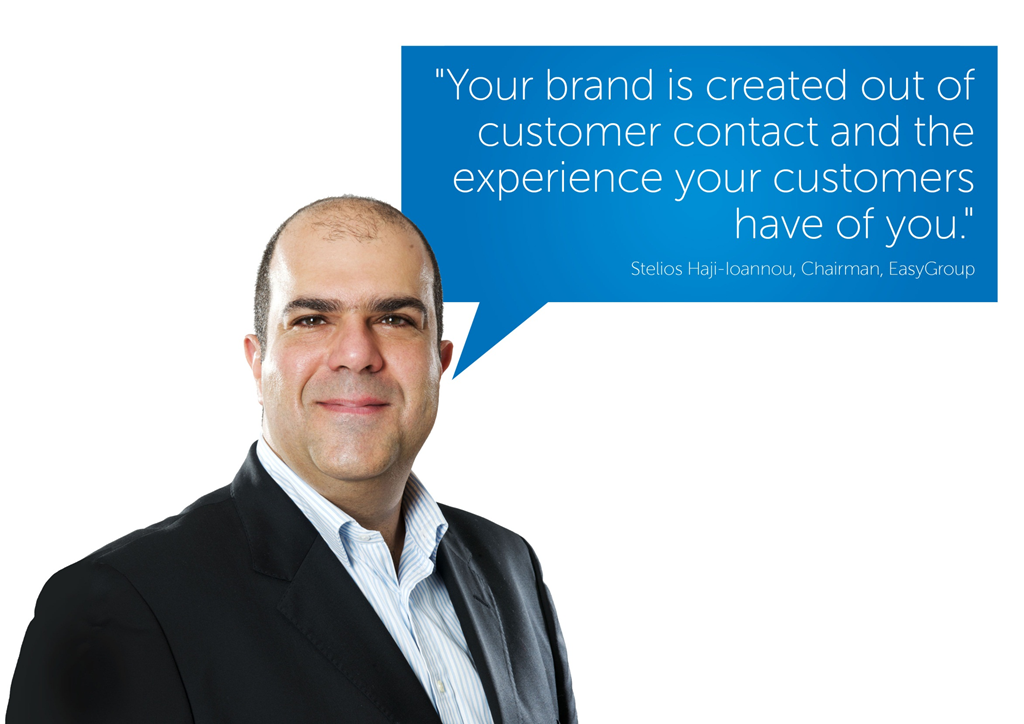So stop shouting and start a conversation.
I don't think many people in the big tech corporations understand that Advertising is not Marketing.
Advertising is only a small part of the brand-building and sales process for most companies, so when networks like Facebook spend all their time trying to find new ways to deliver ads — at the expense of facilitating real conversations — it winds me up a treat.
Last week I had a brief Twitter conversation with the respected tech journalist Ian Betteridge, who had written a piece for PC Pro, “Facebook wants to redefine the future of business communications.” I felt that it was a bit too gushing, and as is often the case with the technology world, focussed on tools that might suit a handful of global mega-brands, but that will be out of reach for of 90% of normal companies.
Ian pointed me to an excellent article by Paul Adams (former Global Head of Brand Design at Facebook) that rationalised Facebook’s new tools and approach very eloquently. The tile is a perfect synopsis:
“The future of advertising: Many, lightweight interactions over time”.
He’s absolutely right, and he makes lots of great points, but I would playfully suggest that he’s several years behind. That’s been good social media practice since the last decade, and it’s been a golden rule of PR for several decades. He’s refining the point, of course, and adding some very interesting tech-powered angles for Facebook and advertising generally, but the philosophy is far from new. I think that advertising might just finally be catching up.
I've quoted him before, but former Disney CEO Michael Eisner, was right on the money when he said (in the 90's) that:
“A brand is a living entity — and it is enriched or undermined cumulatively over time, the product of a thousand small gestures.”
For me, advertising has always been the big, brash, loud and shouty part of marketing, soaking up the lion’s share of budgets, attention and kudos for success — but it’s always been entirely one way. Advertising has nearly always been a powerful transmitter, set to broadcast far and wide, but with little or no capacity to receive and vitally, to listen.
And most people don't like to be shouted at. They want to be listened to and to have a conversation.
A Sales Director I used to work with neatly described advertising as ‘air cover’ for his sales team troops. You will struggle to win a big war without the shock and awe of mighty airpower, but the battles are always really won, man to man in short sharp exchanges. Hundreds of lightweight interactions indeed, but they sure as hell weren't advertising exchanges.
His sales team also knew that you’d never get a sale with your first ‘touch’. It’s one of those truisms that regularly get posted around LinkedIn, that it can take up to eight touches to get a sale. The customer sees an ad, reads an article online, reads a review, watches a YouTube video, connects with an account manager on LinkedIn, sees an ad on the tube, reads another article, hears a mention on the radio, visits your stand at a show, Googles all your competitors’ websites…. before giving you a call to discuss a purchase. Advertising plays its part, it may even start the process, but it’s only one small cog in the machine.
I've written before about my experience of the role of digital tools in the B2B sales process, and I think that this, from a couple of years ago, when I was at tech company Novatech, is still very relevant:
“ My company is a business IT supplier with a powerful e-commerce website that turns over tens of millions, but last year we grew over 70% in the direct sales part of the business. That’s the bit where ambitious sales humans call put-upon IT managing humans and together they banter and haggle and bitch and moan and share stories of goals, stroppy wives, fast cars, missing shipments, excellent service and deals are done. The sales team use digital tools like email, IM, social media and website monitoring to oil the wheels of commerce and to fan the flames, but the real deals are cut between people. Mano y mano.”
And this is why I no longer think that Facebook is a worthwhile place for small and medium sized companies (anyone who isn't an FMCG/Tech multinational) to spend their time and effort. They don’t really understand the difference between broadcast ads and intimate conversations.
It used to be a great place to listen to your customers; to get to know them; to share lolz and to have relaxed and helpful conversations. For a while it looked like a great place to have hundreds of valuable ‘lightweight interactions’ that would be a dynamic part of the brand-building process. But not anymore.
Facebook is deconstructing itself as a social media network and unbundling its services. Its purchase of Instagram and WhatsApp are part of this strategy to own all the essential tools for every exchange we make, so the separation of Messenger was always going to be a prime target for ads sooner rather than later.
What they are aiming for now is to make Messenger a very direct way to communicate with customers — for example with delivery information and simple follow-up purchases — to replace email or texts. Which sounds great and answers my main point. But it’s well worth reading Ian’s article, because it he does report several rather key caveats that all centre on the Big Blue’s intentions to target you with more and better ads in every way they can think of.
When Messenger was part of the main Facebook page/app, it felt like a very personal communications channel and people I talk to still see it as far more intimate than even texting. I suspect that most would have been horrified to be contacted by ParcelForce via Messenger. I know I would.
Facebook’s real modus operandi is to sell advertising, not to provide a free brand-building tool, so this should be no surprise, but that’s why I caution against seeing Messenger as a killer tool for business. Theoretically it checks the lightweight interaction/conversation box (if your customers choose to hear from you), but Facebook still just want to use it to serve you ads really.
Most SME companies don’t have big enough ad budgets to make any of this really work for them, and the brands I have personally engaged with most hardly use advertising at all. But they do all do lightweight interactions very well.
For them and for me, advertising is just one part of a complex and delicate marketing process and for many people it’s often the part that feels the most bullying and most obtrusive.
Ultimately I haven’t seen anything from Facebook yet that says that they will help your company with anything other than the ‘air cover’. My advice to any brand is to look carefully at the tools you use and to make sure that you're not just shouting with air power. Better to send in the infantry for a chat.











